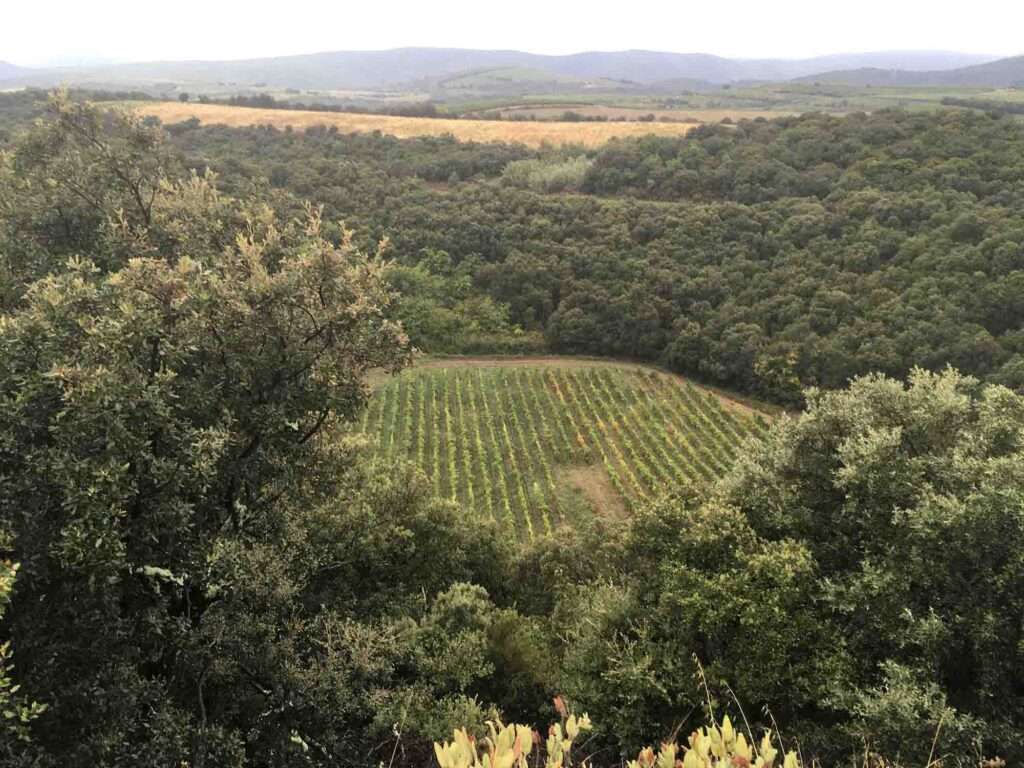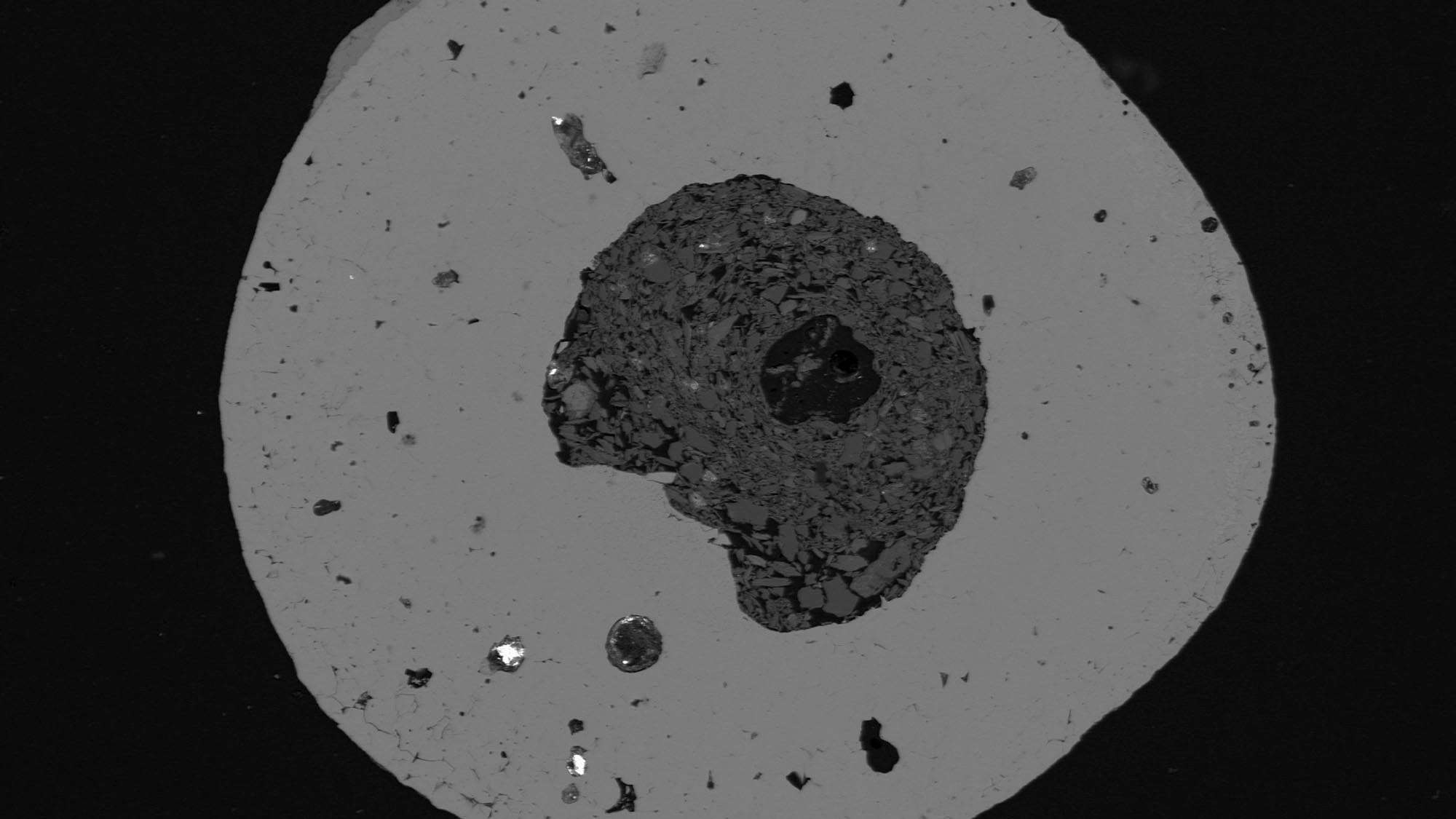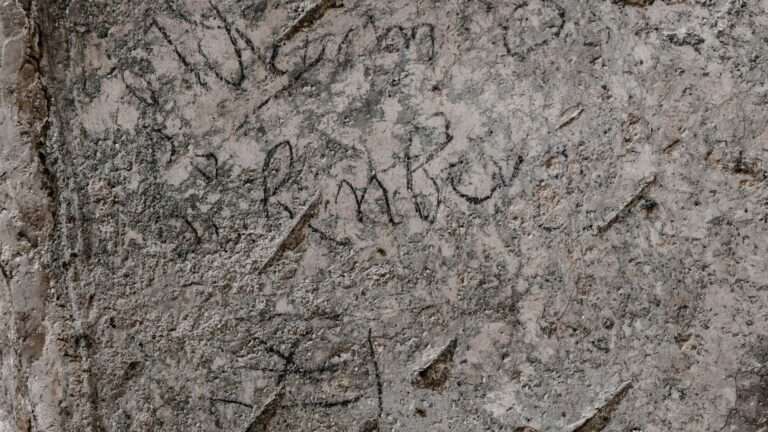A French vineyard has turned out to be located in an ancient meteor crater after researchers found countless micro diamonds under the vines formed as a result of the incredible pressure from the impact.
The rare 220-metre-wide (722 feet) and 30-metre-deep (98 feet) crater hidden among scrubby trees and a floor lined with neat Syrah grapevines, was found in the Domaine du Meteore winery near the town of Beziers, France.
It reportedly came to light after the vineyard located on it caught the attention of geologist and cosmochemist professor Frank Brenker from Goethe University Frankfurt, in Germany, during his holiday.
Earlier reports revealed that the site was first identified as a meteor crater in 1950, but the theory was thrown away by a 1964 study which claimed that the crater did not have an elevated rim.
Experts at the time also stated they could not find evidence of magnetic field anomalies that are often found at impact sites.
Brenker said in a statement obtained by Newsflash: “Craters can form in many ways, and meteorite craters are indeed very rare.
“However, I found the various other interpretations of how this depression could have formed unconvincing from a geological perspective.”

The scientist then collected rock samples for analysis along with his wife, and brought them over to his laboratory at Goethe University.
He was thrilled when he found the first signs of an impact crater.
Brenker said: “The microanalysis showed that dark-colored layers in one of the shists, which usually simply comprise a larger percentage of mica, might be shock veins produced by the grinding and fracturing of the rock, which in turn could have been caused by an impact.”
In addition he found evidence of breccia which is an angular rock debris held together by a kind of ‘cement’, that can also occur during a meteorite impact.
The following year, along with applied geophysics professor Andreas Junge from the Goethe University, and a group of French students, Brenker discovered that the magnetic field is slightly weaker in the crater than the surrounding area which was typical for impact craters.
The researchers then attached strong magnets to a plate and found tiny iron oxide spherules on top of up to one millimetre in diameter, which have already been found in other impact craters.
Further analysis showed that the spherules contained nickel-bearing iron and encased a core of minerals typical for crater environment.
In addition, numerous shock microdiamonds that were produced through the high pressure during the meteorite’s impact were also found at the site.
Brenker explained: “Such microspheres form either through abrasion of the meteorite in the atmosphere or only upon impact, when a large part of the iron meteorite melts and then reacts with the oxygen in the air.
“On impact, material shattered at the point of impact might then also be encased.
“This, together with the lower magnetic field and the other geological and mineralogical finds, allows us to draw hardly any other conclusion: a meteorite did indeed strike here.
“This makes the crater very exciting for geological laypeople too, as every visitor can experience here the immense energies released upon such an impact.”
Impact craters are rare on Earth because they’re typically erased by erosion and the ever-shifting movements of tectonic plates.
The Earth Impact Database lists only 190 confirmed craters worldwide, with only three of them previously located in Western Europe.
These included the Rochechouart in the region of Aquitaine, France, the Noerdlinger Ries between the Swabian Alb and the Franconian Jura, and the Steinheim Basin near the town of Heidenheim, in Baden-Wuerttemberg State, Germany.
To find out more about the author, editor or agency that supplied this story – please click below.
Story By: Georgina Jadikovska, Sub-Editor: Marija Stojkoska, Agency: Newsflash
The Ananova page is created by and dedicated to professional, independent freelance journalists. It is a place for us to showcase our work. When our news is sold to our media partners, we will include the link here.




